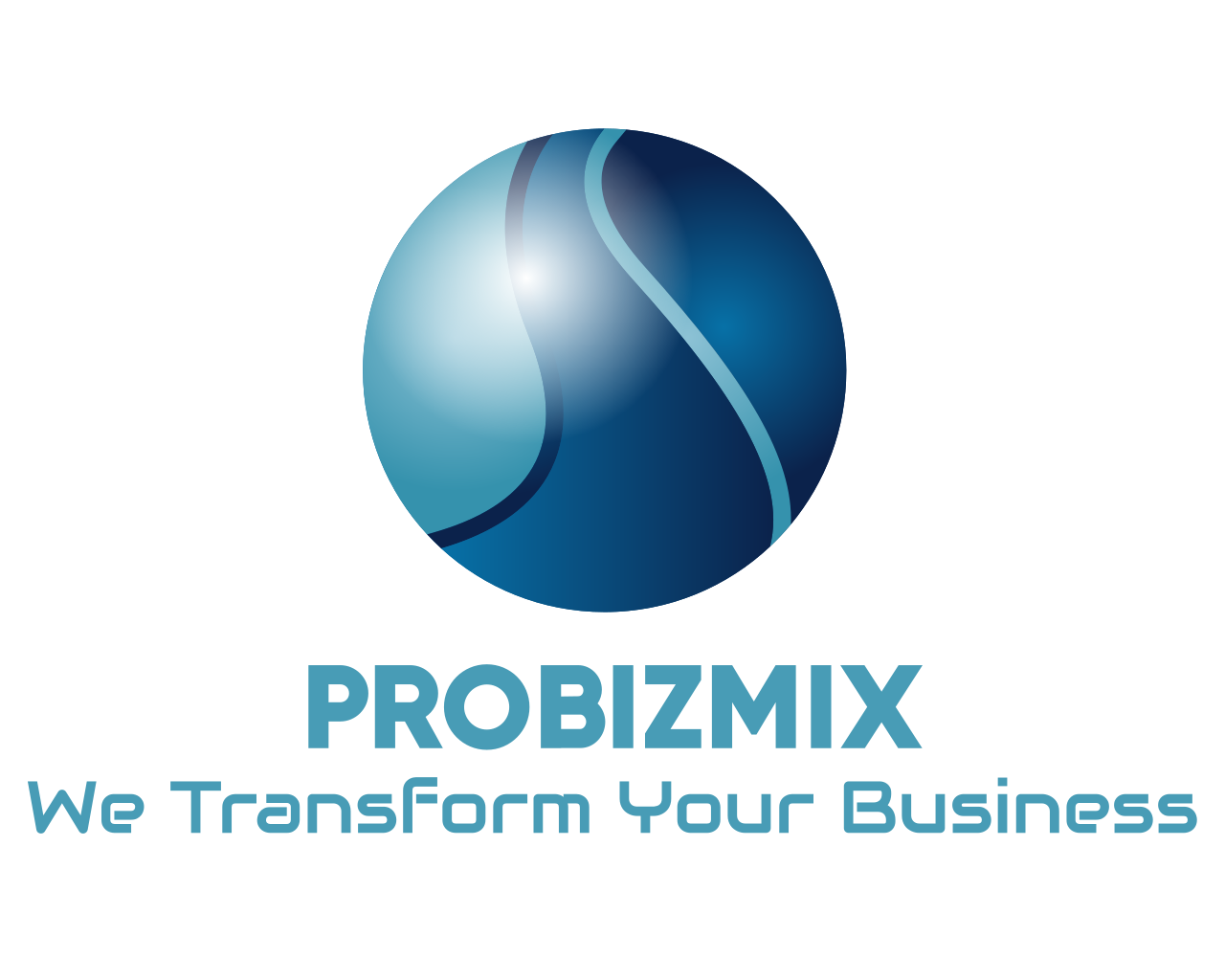Unless you’ve made a pact to avoid any current-day business news, you’re well aware Social is HOT. To be competitive into tomorrow, business is expected to “Get Social”. But determining what that means for YOUR organization can be overwhelming. Maybe you can’t Pinterest your way out of a paper bag, it could be your Facebook page is a series of lonely posts, or your brand’s Twitter voice seems hollow. If you’ve ever had the thought, “I don’t know who I’m talking to or what my brand should be talking (posting, blogging) about” you’re not alone. Successfully making the shift from traditional CRM to Social CRM (SCRM) requires some pretty traditional thinking and, ultimately, a clear vision of the goal at hand.
Hello World [Now What?]
Because the cost of entry into Social can be very inexpensive (or free), many times companies find themselves with one or many company accounts before there’s a clear vision on the purpose of their participation in society and the business goals they’re interested in achieving. When this happens, it’s tough to declare success (because it’s not defined). Generally, when we meet with people who are at this stage of the game, it’s because they’ve realized they’re not getting (measurable) benefit from the accounts they’ve created and have a strong belief that they’ve got to do better. Unfortunately, it can also be at this moment that the organization realizes some brand damage or misstep that comes as a result of not having a framework for success and usage guidelines.
If your company is in this boat, you’re not alone! While over 75% of US companies don’t have a Social Policy defined, more than 80% of all US adults have at least a single social profile. This means employees aren’t being given the framework for appropriate Social interaction on the company’s behalf. Further, in a crisis situation, there’s no plan for an appropriate response. Taking a step back before deepening the organization’s Social investment at this pivotal moment to plan the framework for Social is a foundational move.
Step Back, Plan Ahead
Companies that already have a mature CRM program with a rich customer database and defined business processes have made a very real investment in Customer relationships. In these organizations, data is nurtured and used to enhance communications, improve results, and plan for the future. Weaving Social data and processes into these established programs may feel especially in that it adds a level of oversight, planning, and complexity that the company isn’t certain how to justify.
There may be a clear call for change from the customer (why can’t I get the answer I want on your website?), and ask from the front lines (is there some way we can use Social to deflect calls to the Contact Center?), or the Marketing team would like to add a social component into their campaigns (Shouldn’t we broaden our horizons? Our competitors are.). The key in each of these scenarios is that there’s a goal within each: Customer self-service, reduced overhead in the call center through call deflection, improved Campaign efficiency. These goals in turn can be tied to success metrics. This gets everyone on board from the onset that there is an expectation of success, and offers a clear vision of what that means. In fact, there’s a myth that Social ROI can’t be measured. Beginning with a clear vision that requires measurement to bear out success shows your team that Social lives by the same rules as all other programs: it must make sense. This tackles the negativity of the “I’m not clear why we’re doing this, anyway” team member. Radian6 has a terrific ebook on the subject of Social ROI if you’d like more details.
For any new business process, whether budget spend is required or not, there’s a responsibility to define success and carefully consider how the proposed process will be woven into the company’s current tapestry. Social Enterprise projects are no different. Beginning with the end in mind allows the organization to capitalize on the resulting data more easily because simply put, you’re doing the leg work ahead of time. In fact, it’s in these moments that ancillary “low hanging fruit” benefits may appear.
Grab a branch and climb higher
Too many of our clients, one of the most exciting benefits of incorporating Social into your current arsenal of tools is the potential of a deeper understanding of your customers and prospects spanning departments and processes. In many mature marketing organizations, millions are spent annually to enhance customer data quality and information. In these organizations, the ability to extend marketing information to include social profile (Linked In, Facebook, Twitter, etc.) information is a huge opportunity.
Potential benefits run the gamut from reduced spend on extended marketing attributes (if models are impacted more meaningfully from customer social profile data than previously incorporated purchase data attributes) to routing service issues directly from the social space to highly engaged service professionals on the channel of the customer’s choosing which reduces contact center costs and improves customer satisfaction.
Of course, the requirements for data retention and consumer privacy must be taken into consideration. Data storage and accessibility must meet the regulatory minimum standards for your industry by locale, and the foundation of a strong Social Policy must be in place to ensure your employees know how to “walk the walk”. Further, thinking big picture from the onset will allow your technical team to structure your systems in a way that allows for deep integration in future phases. Involving the “rightest” people to participate in your company’s Social evolution from the beginning can save considerable cost downstream.
Key to Success
It all comes down to: where do we start? Your Social Enterprise journey is specific to your organization. That means the answer depends on YOU. We recommend an assessment of your current internal environment, getting up to speed on the external lay of the land (and your industry’s place in it). Salesforce.com’s Cloudforce Social Enterprise Tours which are coast to coast this year – and FREE to attend – are a great option. From there, your core Social Exploration team should define key areas Social may serve to enhance a current process or fill a known gap. The key to success is understanding your environment and undertaking measurable endeavors that add measurable value to your Customers and Prospects as well as your employees and organization as a whole.
Like to learn more from our Social Enterprise team on how we guide our clients to successful Social Enterprise solutions? Let us know! Ernie@probizmix.com


